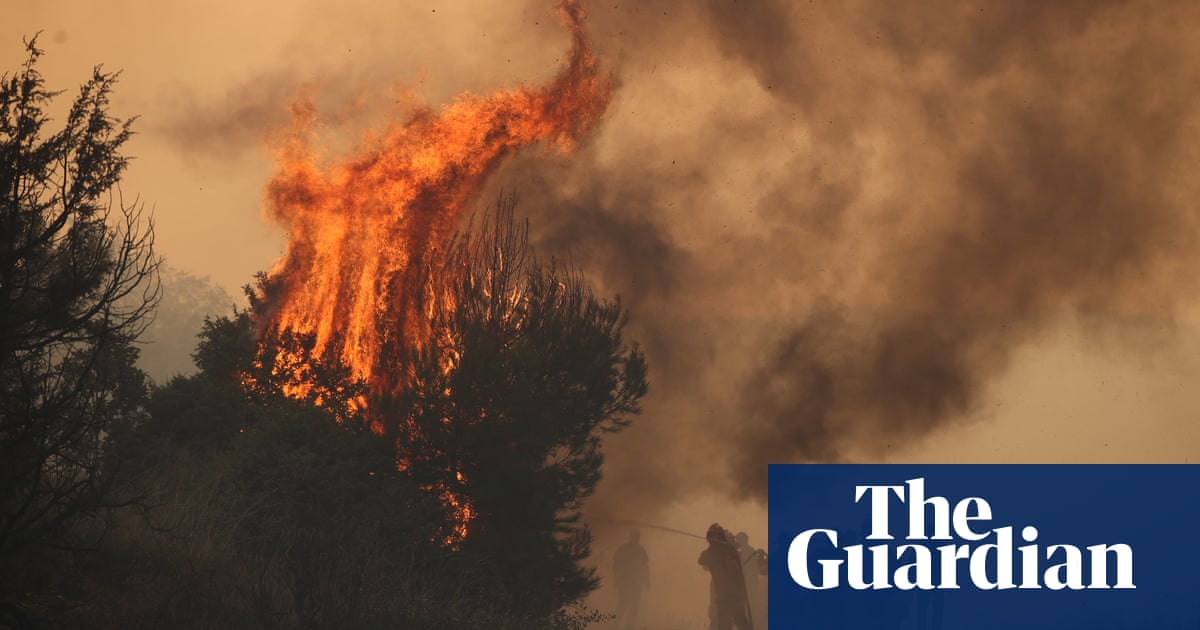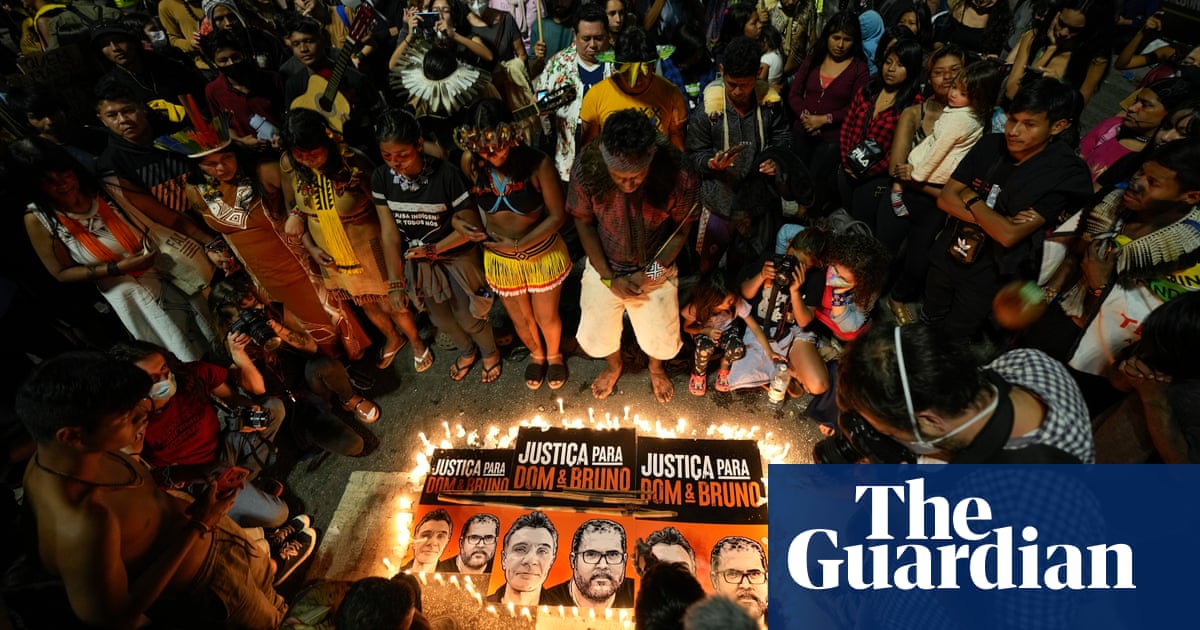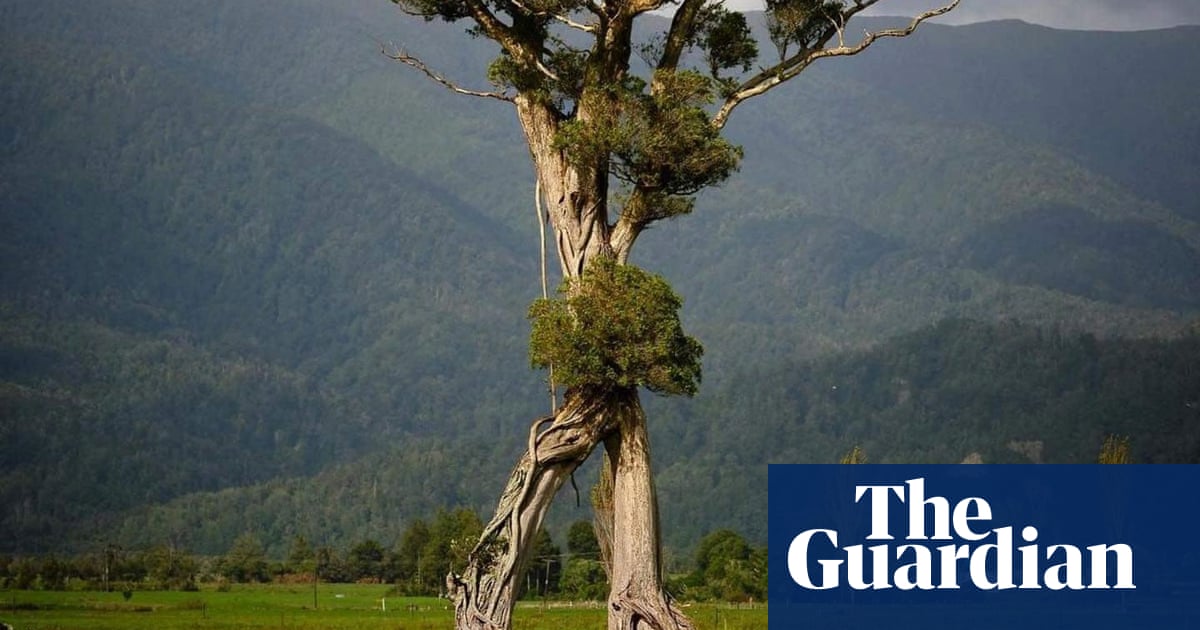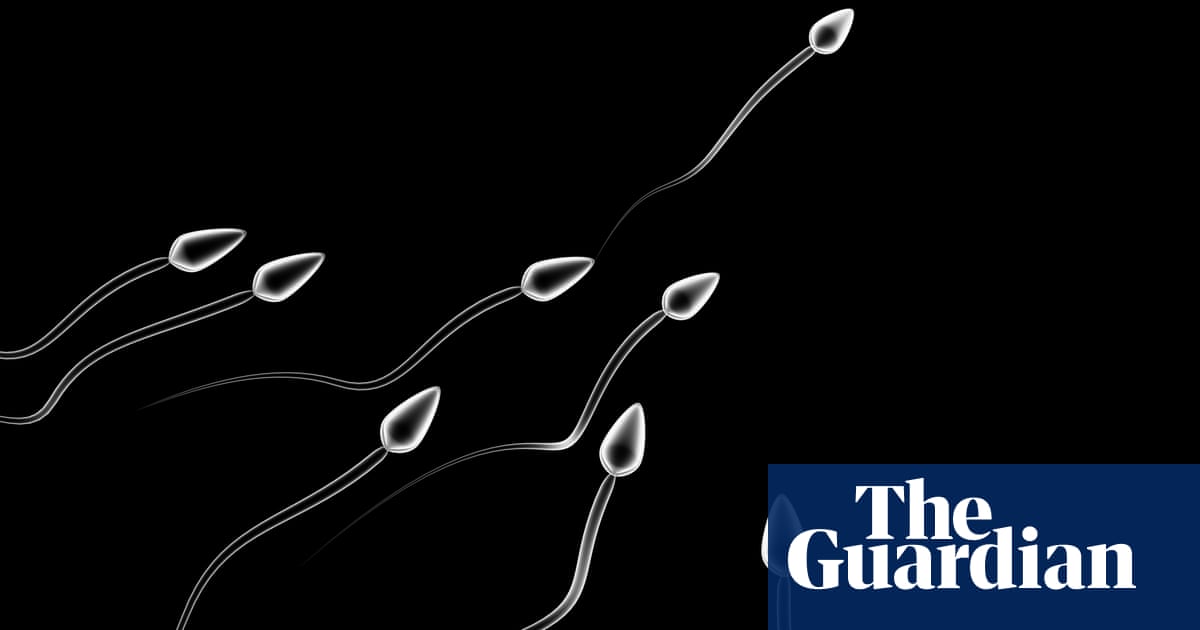Two Nasa astronauts were on their way to the international space station on Wednesday after Boeingâs pioneering Starliner capsule finally made its much delayed first crewed flight from Cape Canaveral.
The visually stunning liftoff, against a mostly clear and blue Florida sky, came seven years beyond the spacecraftâs original target date, five years after the failure of an uncrewed test flight, and following a more recent series of postponements for technical reasons that saw launch attempts aborted twice.
Veteran astronauts Butch Wilmore and Suni Williams reached orbit 12 minutes after the 10.52am ET launch. They are scheduled to dock with the ISS shortly after noon on Thursday, and if the eigh-to-10-day mission is successful, Starliner will give Nasa a second privately owned option for ferrying humans to lower Earth orbit alongside SpaceXâs Dragon capsule.
Bill Nelson, the agencyâs administrator and former space shuttle astronaut, hailed what he said was âa special momentâ.
âThis is another milestone in this extraordinary history of Nasa,â he told a post-launch press conference. âThe whole team went through a lot of trial and tribulation. But they had perseverance.
âWith Dragon and Starliner, the US is going to have two unique human space transportation systems. We always like to have a backup that makes it safer for our astronauts.
âThatâs why we started the commercial crew program [CCP] in the first place, partnering with US companies to deliver safe and reliable spaceflight at the same time of cutting the cost. When we expand our fleet of spacecraft, what weâre doing is expanding our reach to the stars.â
The launch also gave a welcome lift to Boeing. Although space operations are conducted independently of its aviation wing, executives will be pleased the companyâs name is attached to some good news following a recent series of safety and quality issues.
âThe whole company has rallied around us. I get emotional talking about it,â Aaron Kraftcheck, senior manager for Starlinerâs flight software, design and development, told reporters in April.
Nasa has ordered from Boeing a further six astronaut rotation flights to the space station as part of the CCP. Each capsule can be flown up to 10 times, Boeing says, with a six-month turnaround between each mission.
The hi-tech Starliner capsule, officially called CST-100 (crew space transportation), is designed to totally transform how astronauts fly in space. Its autonomous flight, navigation and course-correct systems make Williams and Wilmore effectively only passengers, although they can step in to take over manually if required.
Innovation includes a weldless design, which reduces the risk of structural failure, and interior space similar to a midsize SUV. Starliner can carry up to seven humans, but will be configured for four astronauts and cargo for space station flights.
Todayâs crew both have extensive spaceflight experience, having spent more than 500 days in orbit between them on previous space shuttle and ISS missions. With Wednesdayâs launch from Cape Canaveral space force station aboard a United Launch Alliance Atlas V rocket, Williams became the first female to fly in an orbital test vehicle.
after newsletter promotion
âButch and Suni bring a lot to the table in terms of helping us as a team get to a place where weâre ready to go fly. Theyâve been very integral to the process for years, and all of that culminates with this one,â LeRoy Cain, manager of mission integration and operations for Boeingâs commercial crew program, and a former Nasa flight director, told Nasa TV.
Cain was flight director during the 2002 Columbia space shuttle disaster, which killed seven astronauts, and he said safety was an overriding priority.
âExploring space is not for the faint of heart. It has the highest of highs and the lowest of lows. Itâs very unforgiving [and] the margins are small. I expect it to be a very successful flight test. I think weâll learn some things, we learn every time we fly. And thatâs part of the beauty of this business, part of why we were so drawn to the exploration of space.â
Wilmore, in a short speech from Starlinerâs flight deck immediately before launch, paid tribute to the hundreds of Nasa and Boeing employees who worked on the mission, and the 450 suppliers from 37 states that contributed.
â[They are] people who use their gifts and talents for the common good, are passionate,â he said.
âWe all know that when the going gets tough, and it often does, the tough get going, and Suni and I are honored to share this dream of spaceflight with each and every one of you.â









